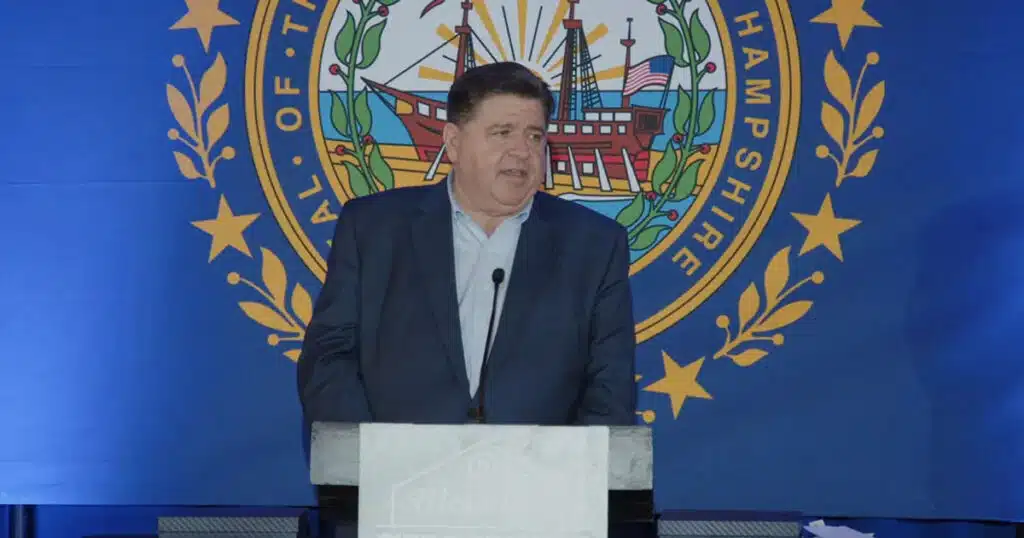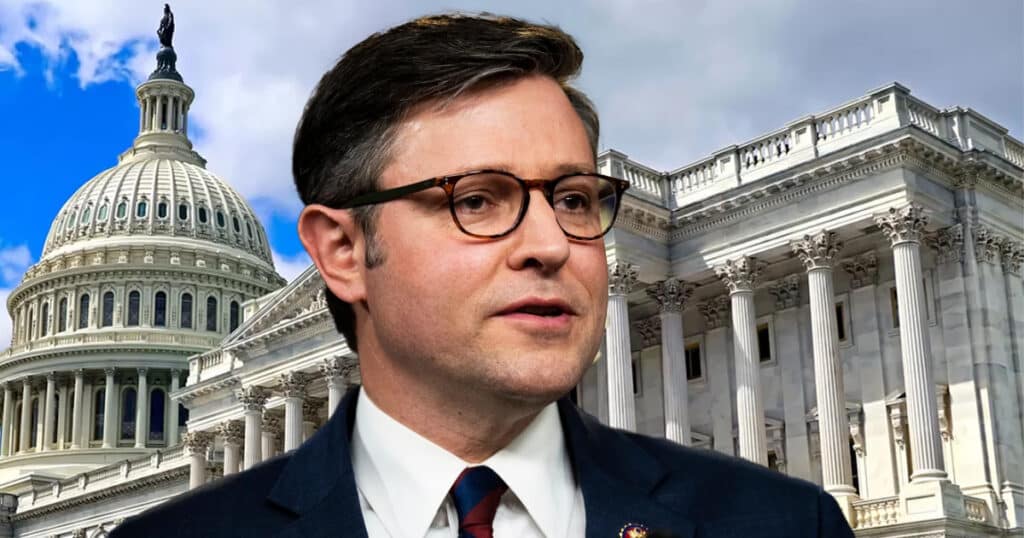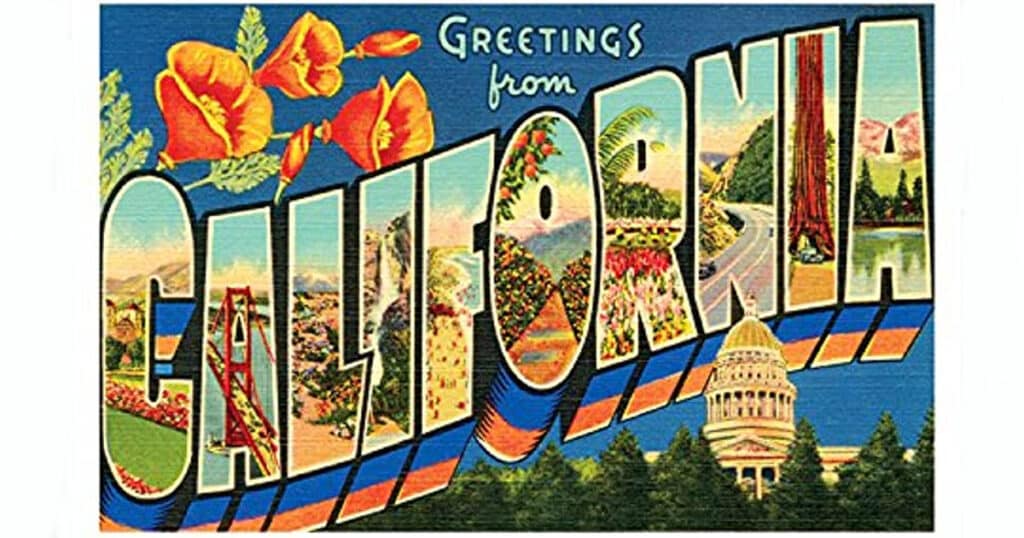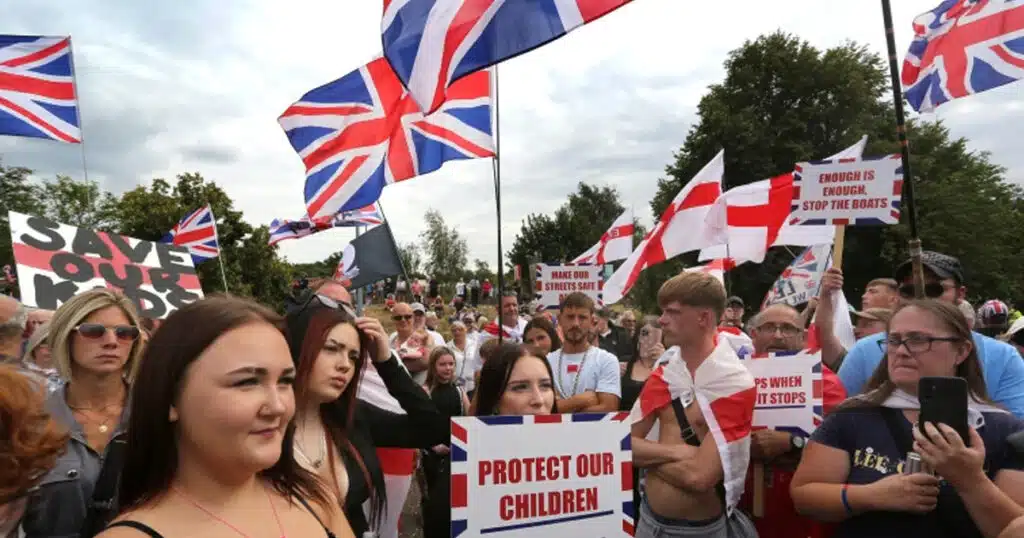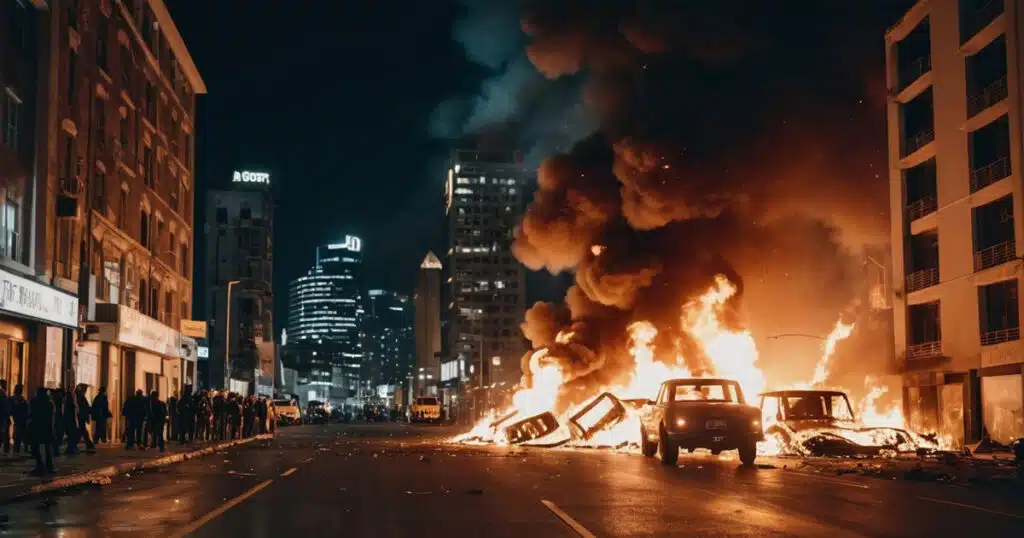
Terrifyingly Plausible: Why You’re Wrong to Think Civil War Can’t Happen Here
Demographer, historian, and author Neil Howe hasn’t just coined the term “Millennial,” he’s also predicted the future to an eerie degree—and he thinks America’s in for very rough seas ahead. He says a civil war in the U.S. is far more plausible than most people think, and he dismisses the reasons Americans often discount that possibility.
In 1997, he published a book with Bill Strauss, “The Fourth Turning: An American Prophecy—What the Cycles of History Tell Us About America’s Next Rendezvous with Destiny.” In that book, he suggested five catalysts for a major crisis—and four of the five have already come to pass.
“One of our events was a crisis over the debt, which would issue forth in a new tea party movement,” Howe tells “The Daily Signal Podcast. He calls it “just completely random that we happened to use that phrase,” which the tea party movement adopted in 2010.
“The other one was a WMD [weapon of mass destruction] attack on New York City,” Howe says, noting the eerie parallel with Sept. 11, 2001. “The other one was the [COVID-19] pandemic, and the fourth one was Russia invading a former Soviet republic,” such as Ukraine.
The final potential catalyst? “A nullification crisis, where one or more of the states would actually nullify federal regulation, which would lead to a new secession movement,” Howe says.
According to his generational theory, America should expect a major crisis about every 80-100 years, and we’re due for another “rendezvous with destiny” such as the Great Depression and World War II. He calls these periods “fourth turnings,” and they force society to create a new order in the civic “outer world” about 40 or 50 years after “awakenings” drive people inward, seeking order in their spiritual “inner worlds.”
Why a Civil War Is Likely
Howe notes that “our politics have taken on this kind of Manichaean style, where the red zone and blue zone are so mutually exclusive in their sense of themselves, their agenda for the nation’s future, that it hardly even matters who’s leading the party.” (“Manichaean” refers to the tendency to view one side as perfectly good and the other side as perfectly evil, and it traces back to a world religion that arose with the prophet Mani in the 200s A.D., which taught that the physical world is evil and the spiritual world is good.)
He cites Carl Becker, who wrote an essay in 1941, “The Dilemma of Modern Democracy.”
“When most of what you’re talking about is the width of sidewalks and the diameter of sewer pipes, just coordination issues, democracy works really well,” Howe says. “But when you’re talking about issues that virtually define who you are, it doesn’t work. He said no one is going to accede to a vote count that goes 51% against you.”
“You are not going to give up everything you believe in just because you came up three votes short,” he explains.
Howe says U.S. polarization reached similar levels in the 1770s, the 1850s, and the 1930s.
When The Daily Signal noted that American polarization doesn’t neatly fall along lines on a map like in the U.S. Civil War, Howe says the presence of blue cities in red states actually makes conflict more likely.
“One misconception people have is that civil wars require geographically separated places,” he notes. “This is not true, and take a look at the Spanish Civil War. That was a brutal, horrible war, and there was very little geographical contiguity about it. … It was like honeycombed. The civil war in China was the same way.”
Even in the U.S. Civil War, there were “civil wars within states,” especially in “border states.”
“And actually, your point about blue zone cities within red zone states or vice versa is a classic reason why civil wars get touched off, and why they are never resolved amicably,” Howe says.
Problems for World in U.S. Civil War
“There are two ways in which we enter this fourth turning very differently from earlier fourth turnings, which are worrying,” Howe says.
First, he notes, “government is so huge going into this fourth turning,” while most fourth turnings require government to ramp up in order to face existential threats.
Second, he notes “the size and global power of our military” make the U.S. a central player in world affairs, so a U.S. Civil War will have massive ramifications across the globe.
“If it requires our forces around the world to stand down for six months, the entire world will remake itself,” he says. “The entire world, for better or for worse, depends upon our presence to be what it is.”
Howe also notes that during a civil war, one side often asks for external help: “This is a rule through all civil wars.”
So, When Would Civil War Start?
The Daily Signal asked Howe why the “mini starter crises” of 9/11, the tea party movement, COVID-19, and the Ukraine war did not “catch fire” and ignite the massive existential crisis that defines a fourth turning.
“The survival of the country has to be at stake,” the author says.
“With regard to World War II, I think FDR made the case—it was very persuasive for the country—we did not want to be the only democracy left on earth,” he explains.
“This is the way incentives work,” Howe says. “You’ve got to feel everything’s on the line to push you to do something.”
Things have to come to a head in order to force people to come together and create a new order in society. How exactly that will happen is yet to be determined.
Listen to the full podcast here.
